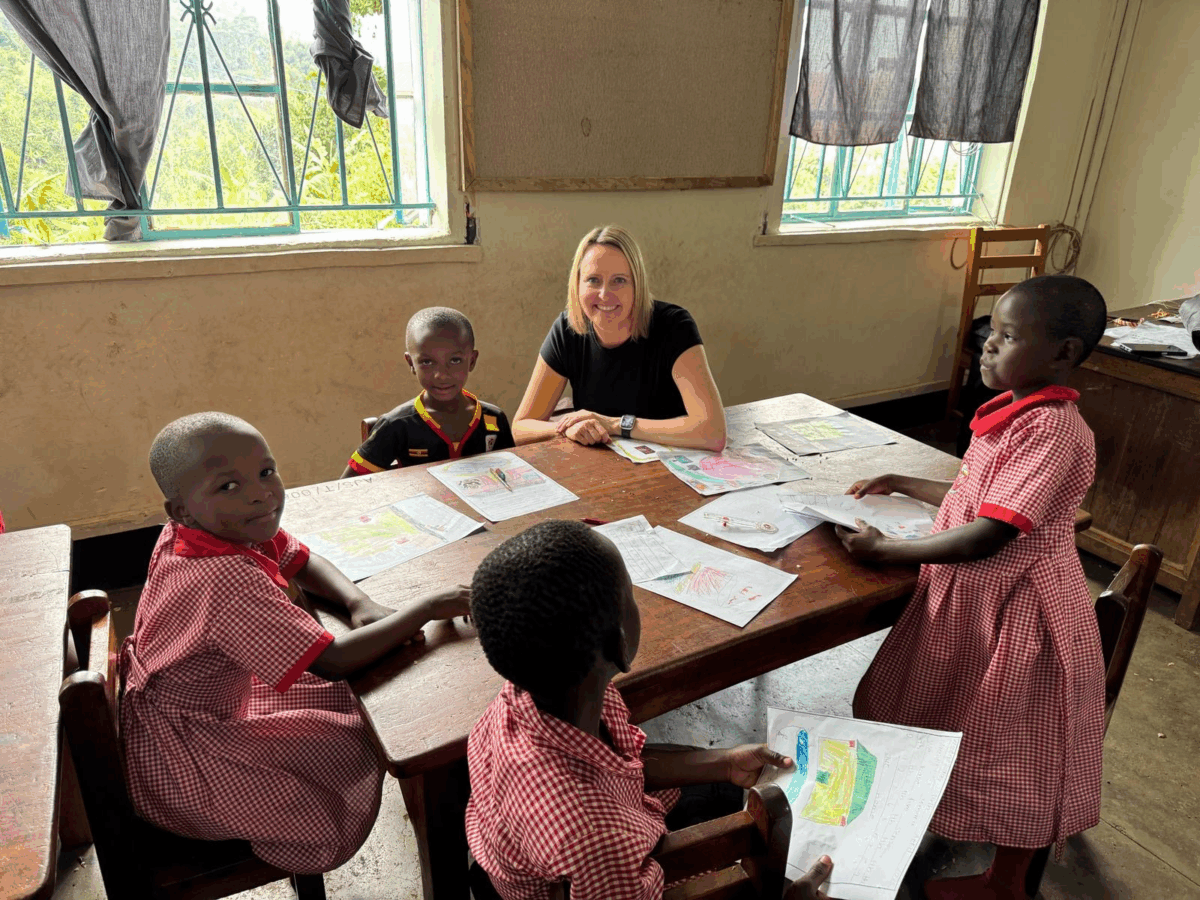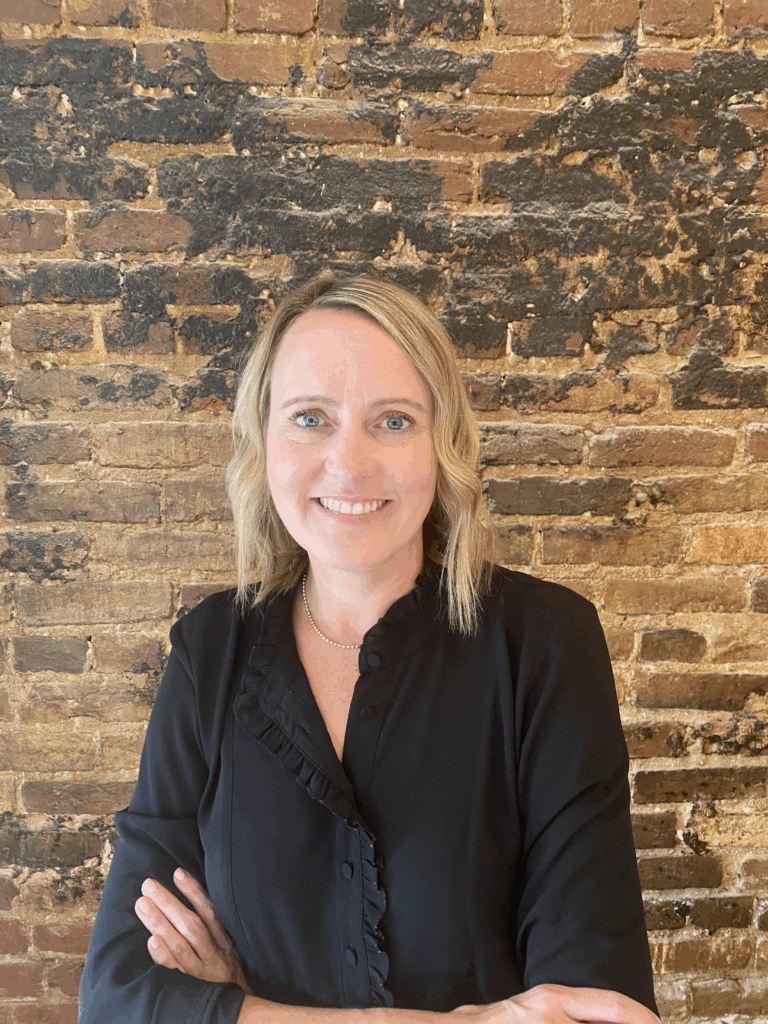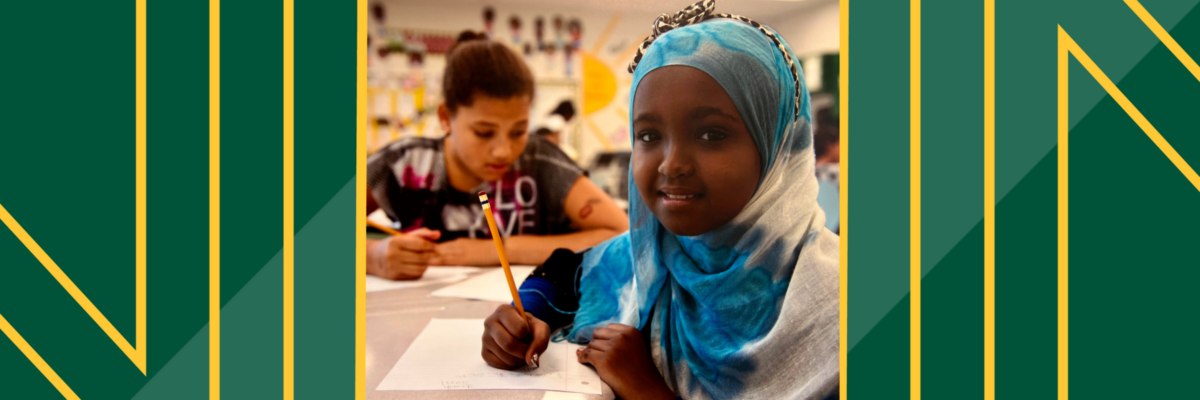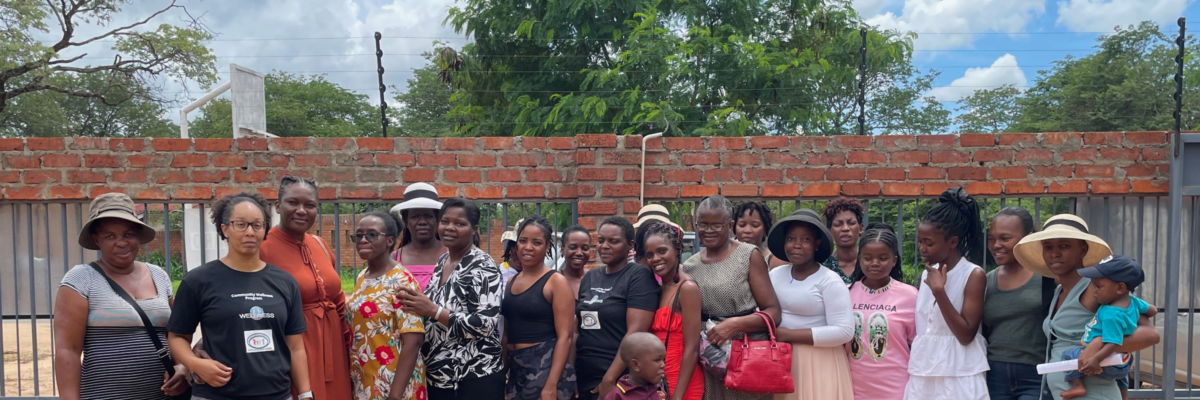The push to “get published” at the doctoral level is ever-present.
Students are strongly encouraged to get their name out there at least once during their PhD coursework but going about this can feel intimidating. The competition to get published in a big-name journal can feel discouraging, especially when there is a fee for submitting manuscripts for review. It can feel overwhelming to have to consider the fact that your manuscript will be peer-reviewed by others in your field, some of whom you may have met (or will meet) at conferences, and some who you may very well have referenced in your work before. Keep reading to discover how I pushed through these feelings of intimidation and embarked on my own journey of getting published for the first time.
What to publish (and addressing that darn Impostor Syndrome)
My first steps toward publication began in fall 2023, when I completed a literature review as the final product for an independent study course. During my time completing the literature review, I didn’t think that I would submit the final manuscript for publication. In fact, I had not even considered it an option! To me, the purpose of this literature review was to identify the existing gaps in research so that I could more confidently and clearly make a case for studying my area of interest. However, after attending a handful of academic conferences during the early portion of the spring 2024 semester where I connected with others in my field, I began to realize that the work I had completed was not only interesting to my peers, but something they considered to be important.
Attending academic conferences to develop and interact with my professional community was a game-changer for me. If you’re not sure which pieces of your work to publish, reach out to your professional community. Your professors, colleagues, and peers are some of the best people to provide insight and encourage you that your work is worthwhile. Sometimes the only thing that is holding us back is the feeling that, since we’re just starting out, we might not have what it takes to get our voices heard. Conversations with our professional communities can really help address that.
Selecting a submission site
Right after returning from a conference, I happened upon a call for submissions by the editor of the Journal of Education for Multilingualism (JEM) through the American Educational Researchers Association (AERA) Multilingual/Multiethnic Special Interest Group (SIG) on Facebook. After a preliminary search for the journal and the editor to assure legitimacy, I reached out to my independent study advisor to ask for her opinion on whether I should submit my literature review. With her encouragement, I submitted my manuscript. A few months later, it was published in the first issue of this brand new, online-only, open-access journal dedicated to the field of multilingual education. I was very lucky that JEM was a reputable, open-access journal that was of no cost to me as the author. However, I know I won’t always get so lucky and will have to consider the accessibility, cost, and reputability of any future submission site I may have in mind.
Consider submission site accessibility
There are two main branches of accessibility: traditional and open access. Traditional access is, essentially, pay-to-read. These journals may be print-only or hybrid, but the most important element is that the public has to pay to access the article they want to read. Open access, on the other hand, provides free access to its readers. However, ‘free’ doesn’t always mean free. Here are three of the most common open-access models that exist:
- Gold: paid by the author (or a funder), free to the public
- Hybrid: authors can pay to have individual articles within the journal free to the public
- Diamond/Platinum: no payment by the author, free to the public
Consider submission site cost
Although I was very fortunate that the call for submissions to JEM did not require an article processing charge to cover peer review and editorial fee, nor a post-acceptance fee to publish, many journals (both open-access and traditional) will charge one or both. These costs can be high, but funding for open-access journals is available through University Library’s agreement with VIVA, Virginia’s academic library consortium, and through the Mason Publishing Group.
Consider submission site reputability
If you’re aiming to publish in an open-access journal, it’s important to keep an eye out for predatory open-access journals that will charge high processing and submission fees for a weak peer-review process. Although I heard about JEM on social media, it was through a closed group for members of the AERA. This gave me a starting point to investigate whether the editor was who they said they were by cross-checking previous posts and other correspondence from AERA. At the end of the day, I knew a submission to a brand-new journal would be a gamble, but nothing in the correspondence made me feel uneasy, so I took the leap to continue working with them.
Submission
Having never previously submitted a manuscript; I had no idea about the conventions of drafting an email to address the recipients of my work. Was I supposed to just attach the document and say, “For your consideration! Thanks!” or was there some existing verbiage that needed to be included, like in a cover letter for a job? I decided to look online and discovered that a submission cover letter should include:
- Your manuscript type and title
- Confirmation that your manuscript is your original work
- Confirmation that your manuscript has not been previously published or under consideration for publication anywhere else
- Brief summary of your manuscript (basically, the abstract)
- Why your manuscript is a good fit for this journal
- Outline any potential conflicts of interest
Post-submission
Nearly a month after submitting my literature review, I received an email back informing me that the review of my article was complete with a recommendation of minor revisions. I honestly was not sure how to interpret this. Did this mean that the article had been accepted? Rejected? I reached out to my advisor who explained that this response translated to a very positive “yes,” and that I just had to address the suggestions made by the peer reviewers along with any grammatical and typographical errors.
Here is other feedback commonly received and what it tends to translate to:
- Accepted without any changes: Your manuscript has been accepted and will be published exactly as it is submitted.
- Accepted with minor revisions: Your manuscript has been accepted and will be published once you address the minor edits and suggestions made.
- Accepted with major revisions: Your manuscript has been accepted on the condition that you address the edits and suggestions made.
- Revise and resubmit: Your manuscript might be accepted, but only if you make significant changes based on the feedback you received.
- Rejected: Your manuscript has not been accepted.
After addressing the recommended minor revisions, I sent back the edited manuscript and received an email a couple weeks later with the word “accepted,” confirming that my work would be published. There were still more minor suggestions and formatting edits to address at this point, but it was essentially just a loop of the first exchange.
Additional steps
During the final communication loops prior to publication, the editor informed me that I had to add an author bio to have at the bottom of my literature review. Writing about myself has never been my forte, especially when bragging about my achievements. So, I kept my bio to three sentences outlining my status (a doctoral student at George Mason), my previous major degrees, and my research interests. Examples from other articles confirmed that this was within the expectations of what to include in an author bio.
My literature review was published three months after its initial submission. The entire experience was positive and uplifting, and I would strongly encourage others to go forth and submit their manuscripts for publication. Sharing my success with family and friends really solidified my professional shift from classroom teacher of 15 years to ‘beginning researcher.’ While I still have a long journey ahead to complete my proposal and dissertation, the experience of being published has given me confidence in my ability to start creating a little space for myself in my area of research.
About the author

Alejandra Salazar-Salame (she/her) is a doctoral candidate in the PhD in Education Program specializing in Multilingual/Multicultural Education, Teaching and Teacher Education, and Education Policy. Her research interests include equity and access for multilingual learners to educational programming, with a special interest in elementary gifted education/advanced academic programs. When she isn’t working from home, you can usually find her at Fenwick. She is also a founding member of the CEHD Student Advisory Board!
Read Alejandra’s publication, Sociocultural Variables that Influence Policies in the Identification of Language Minoritized Students for Gifted Programs.






